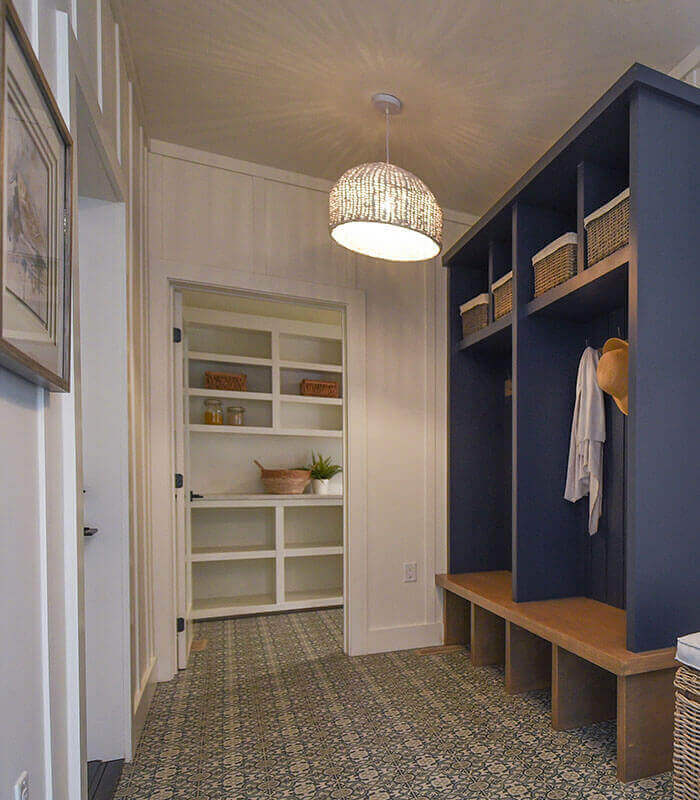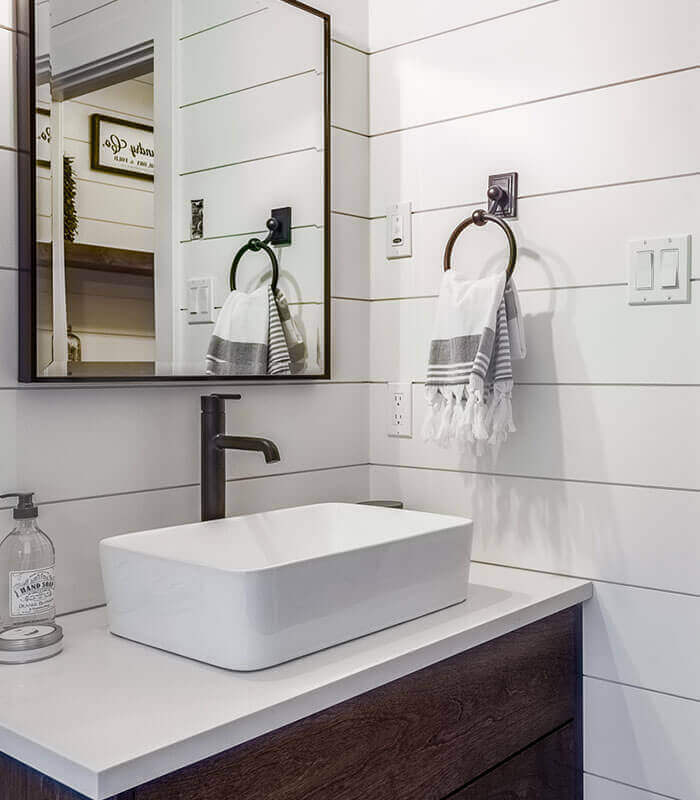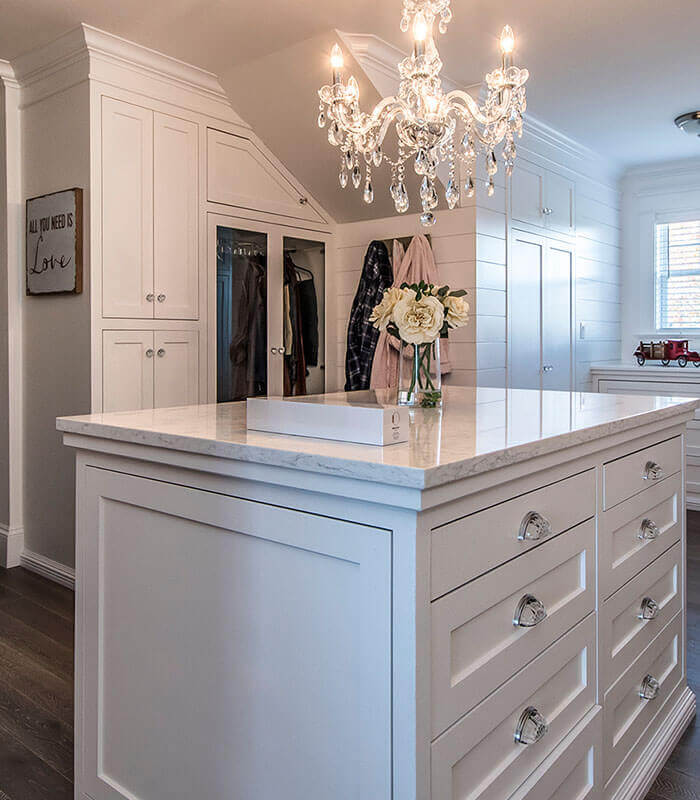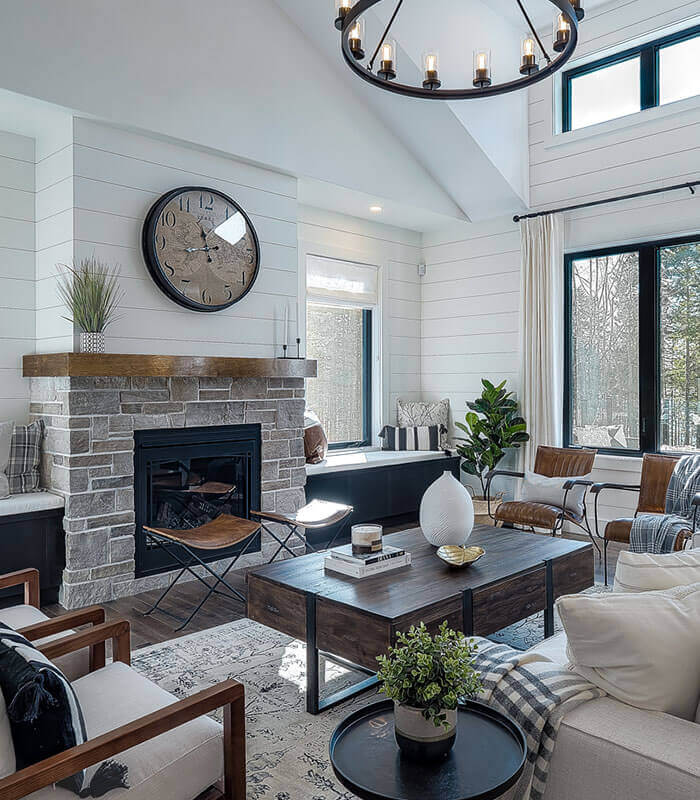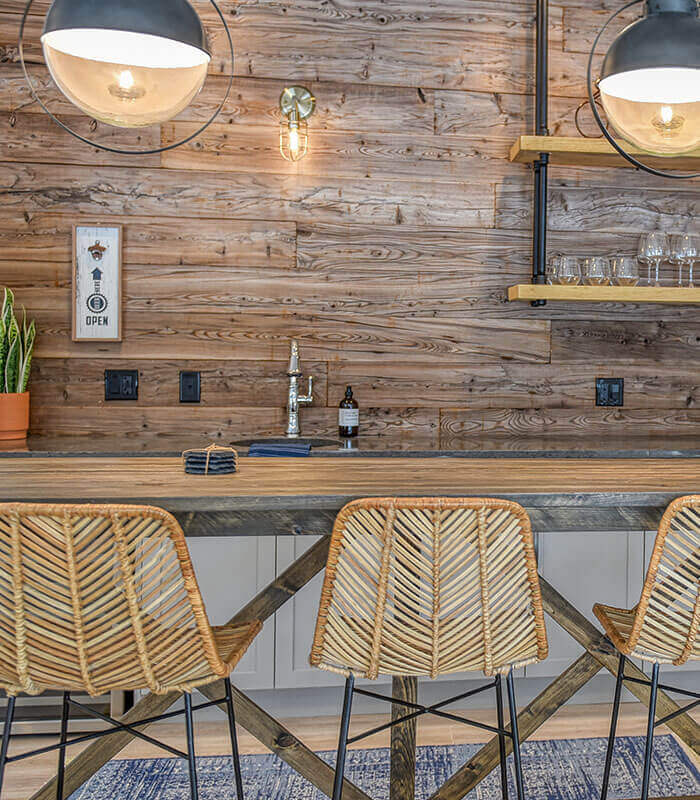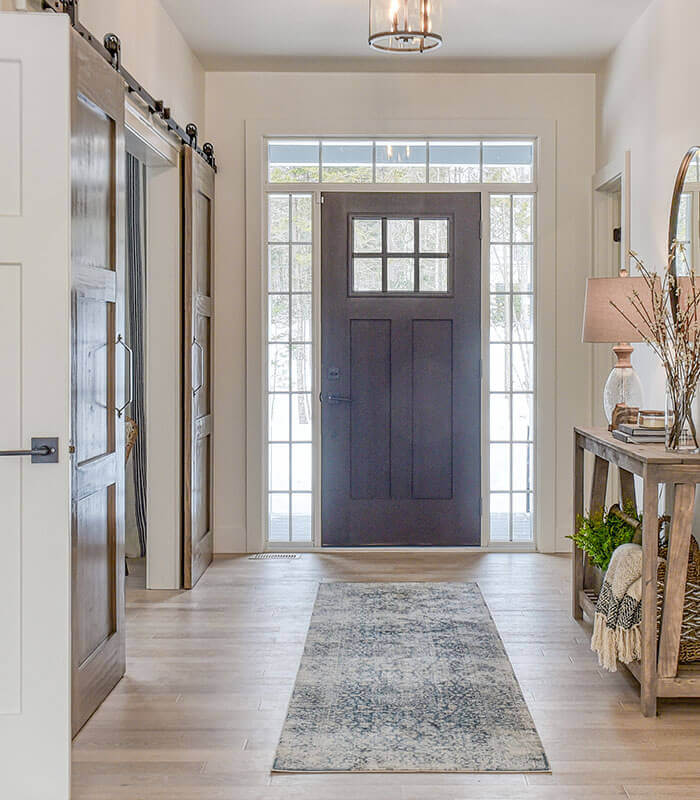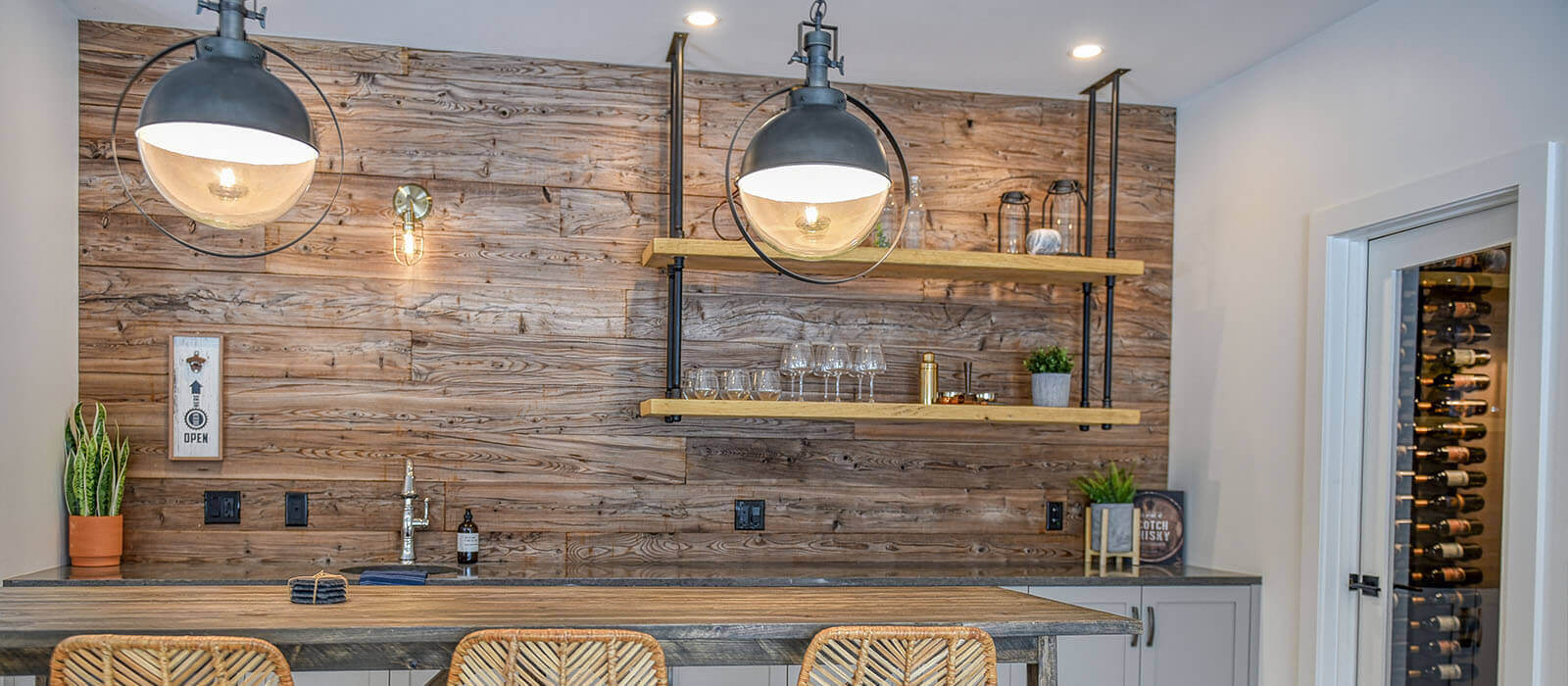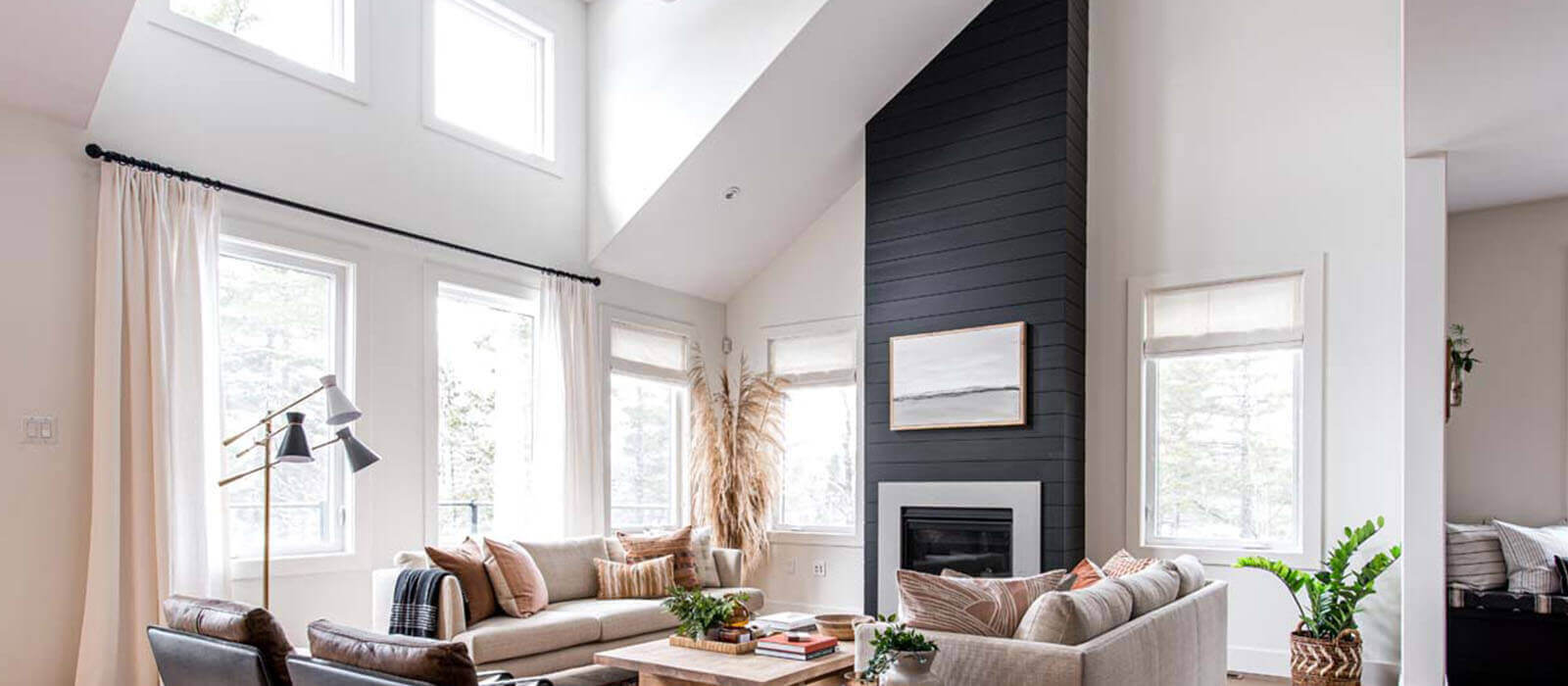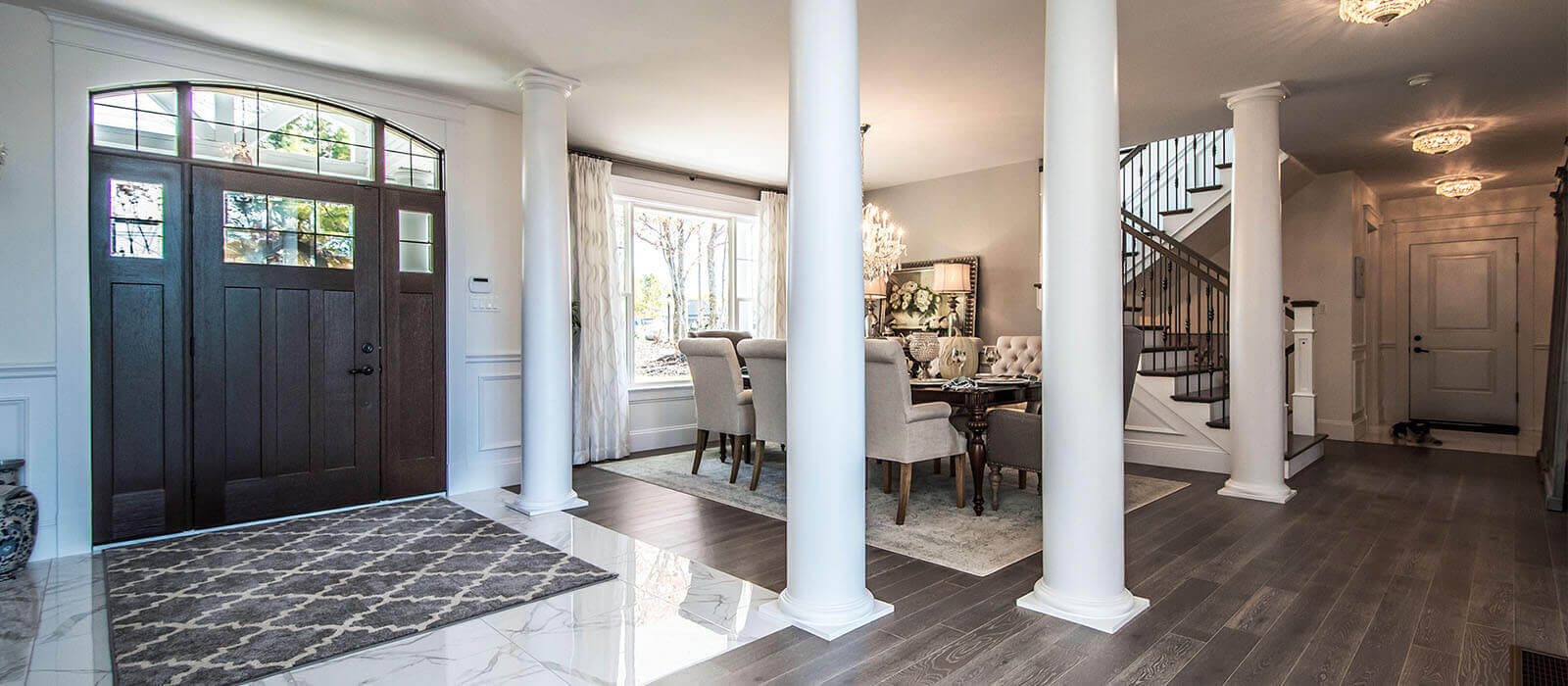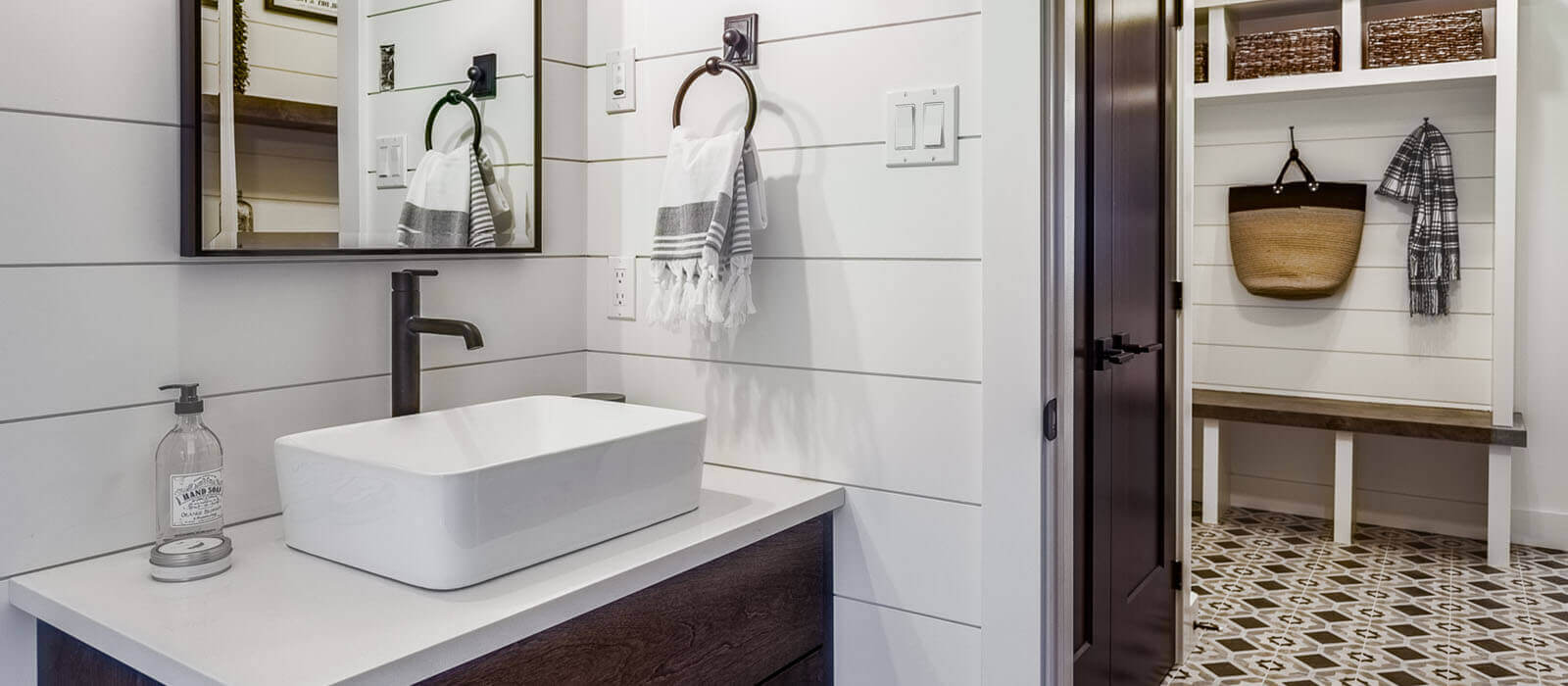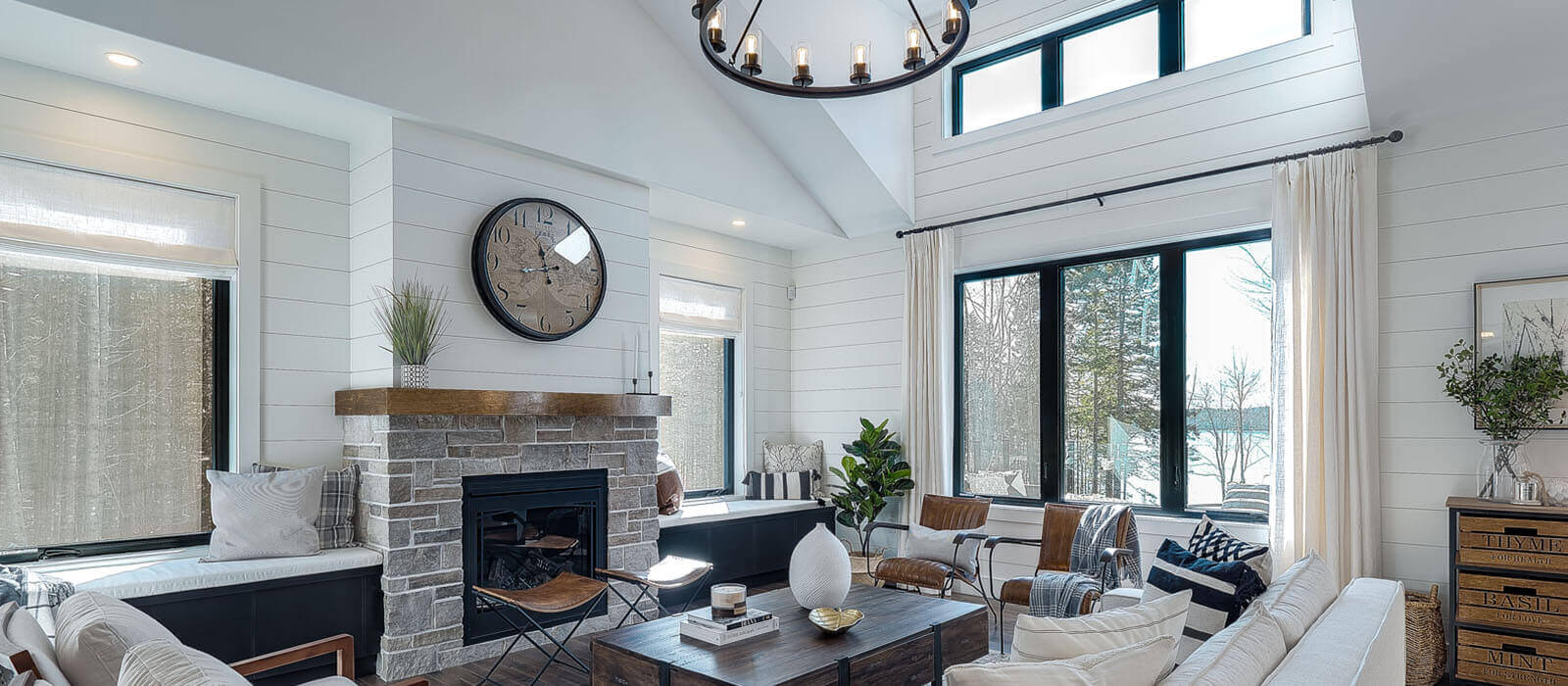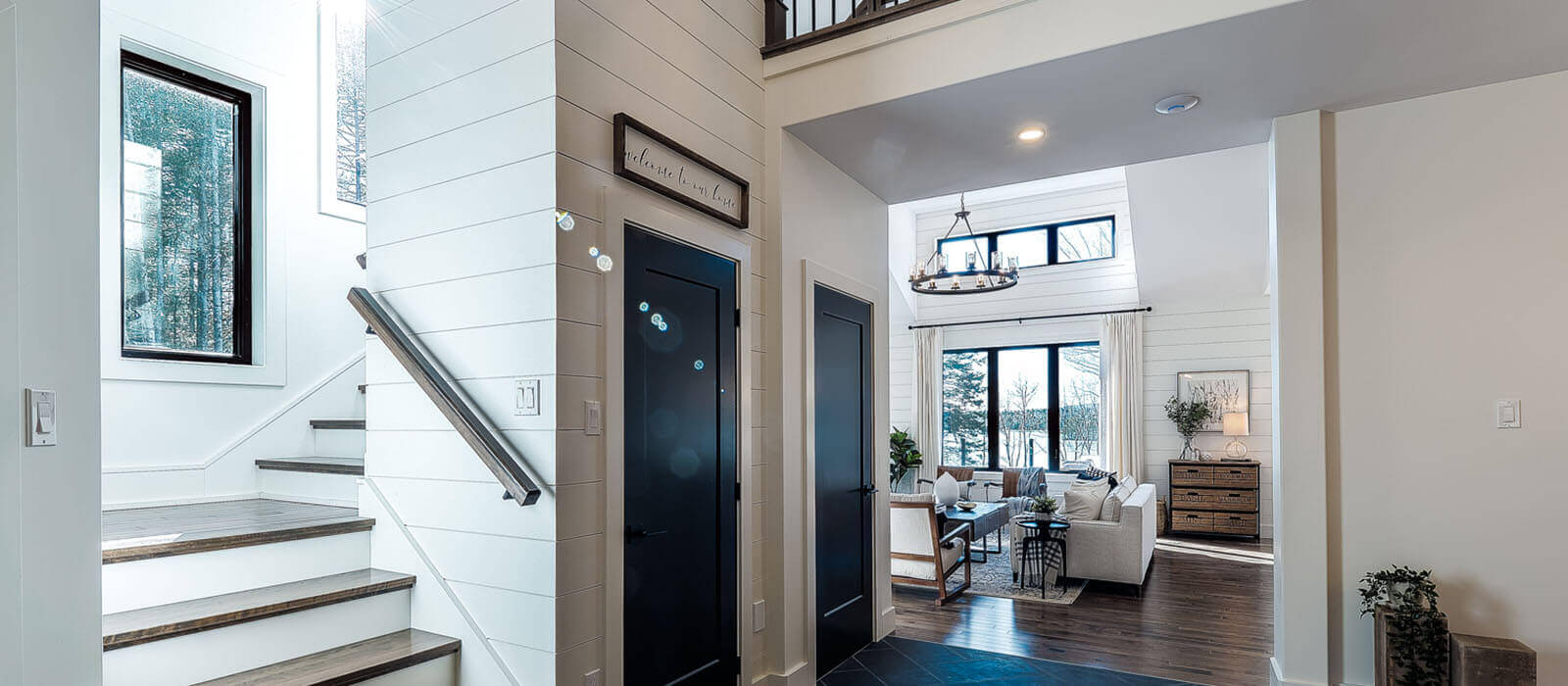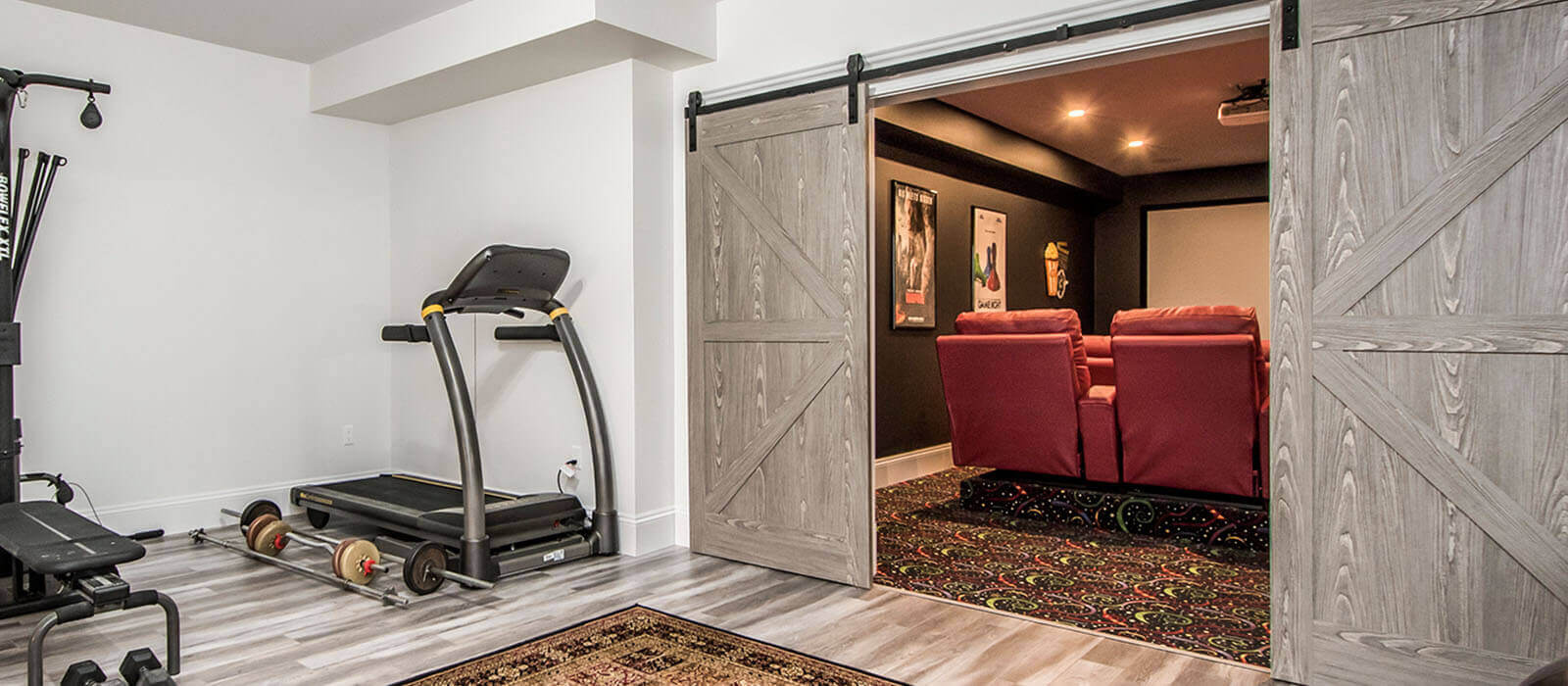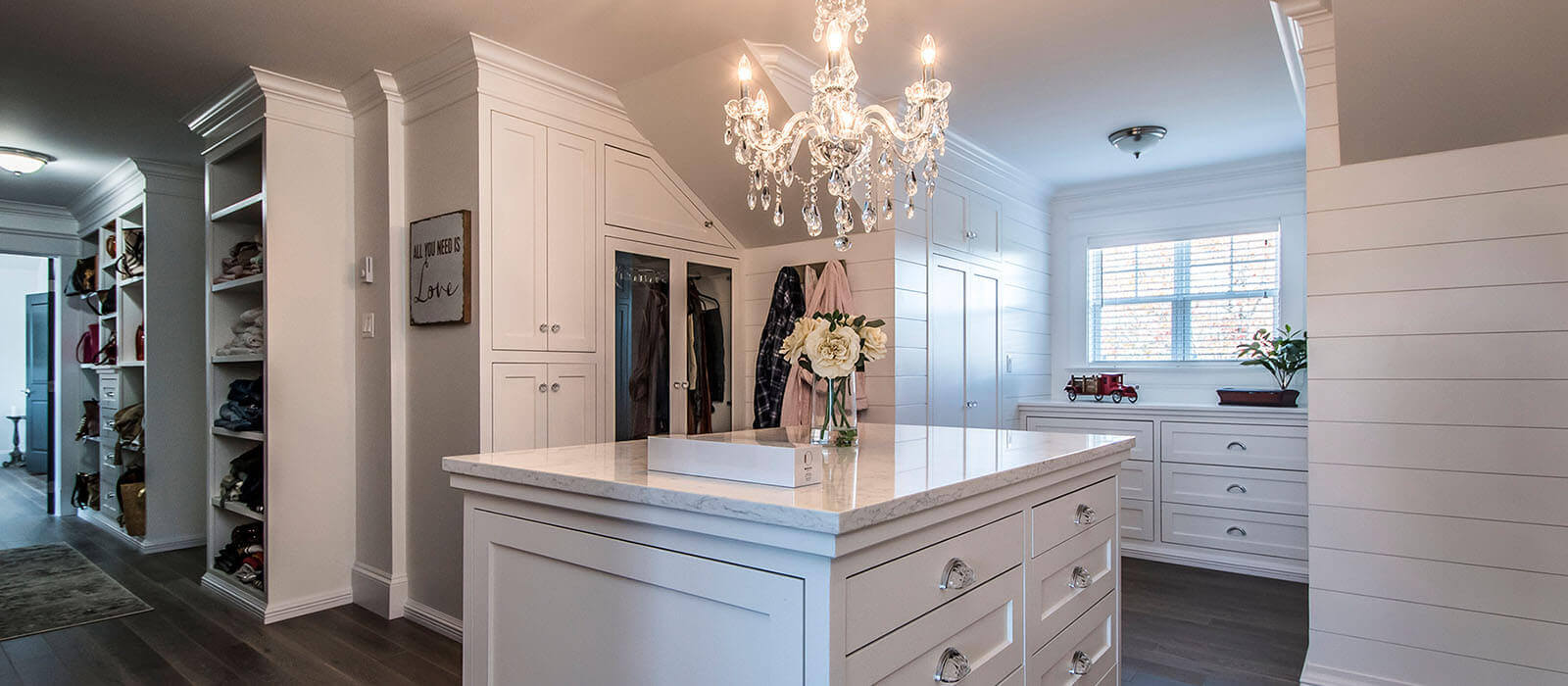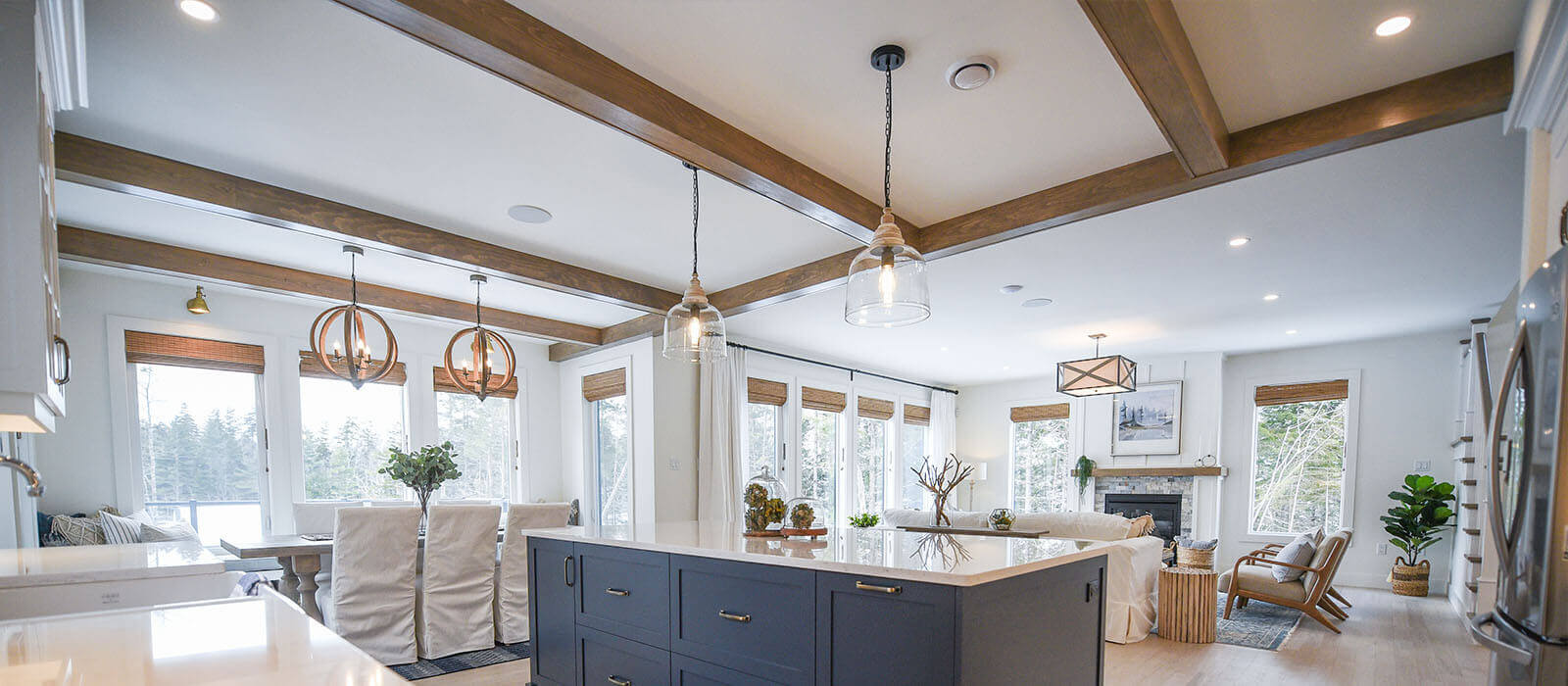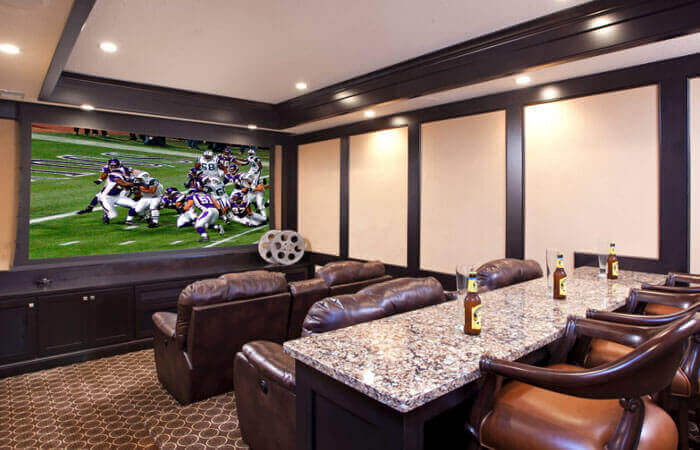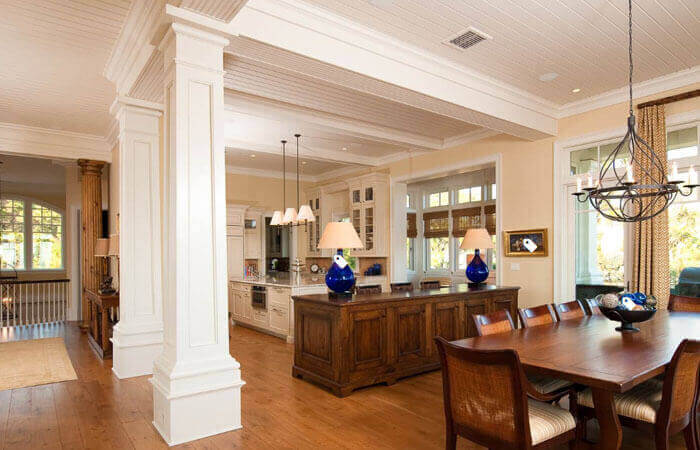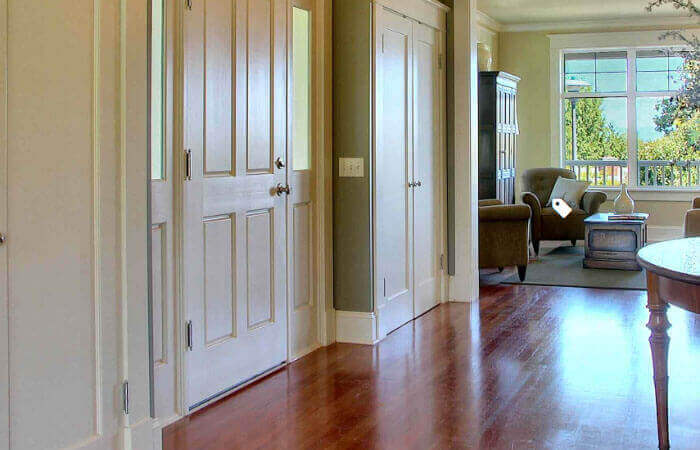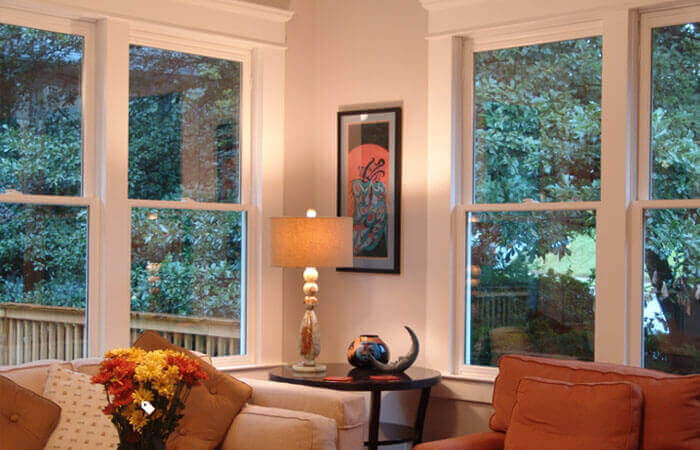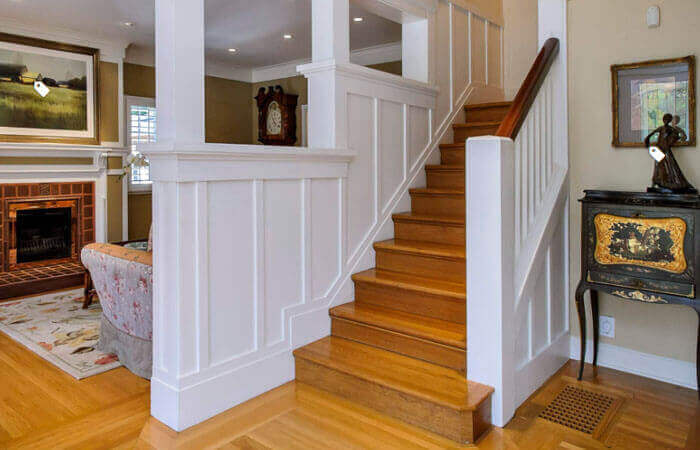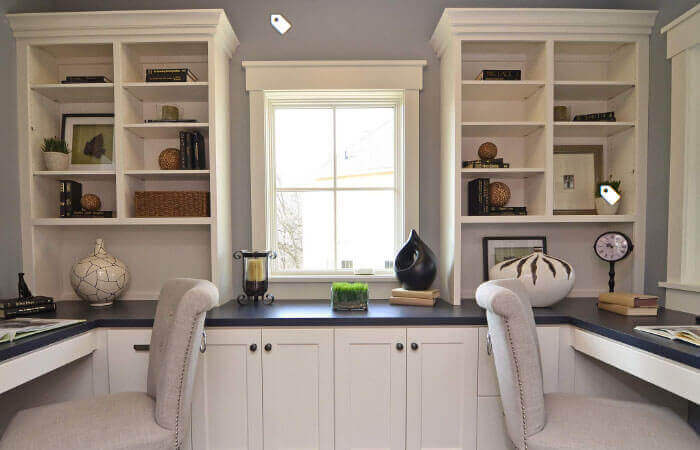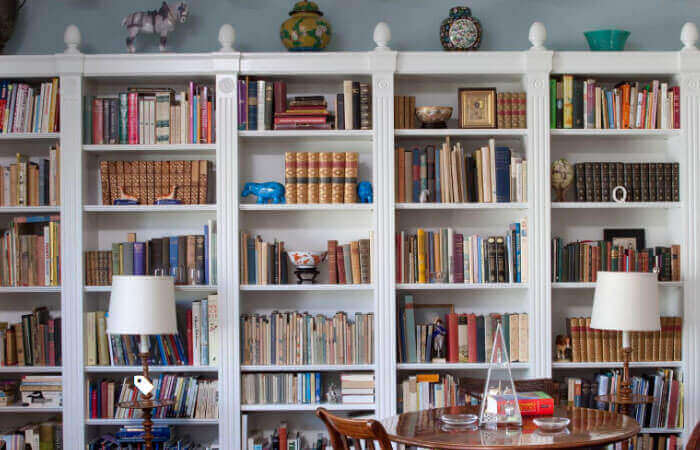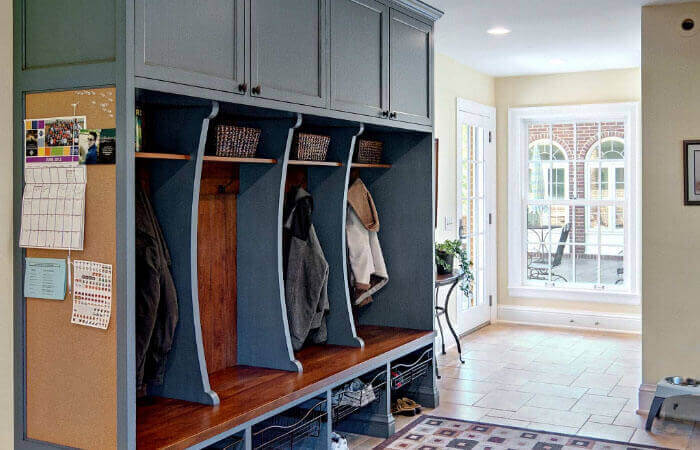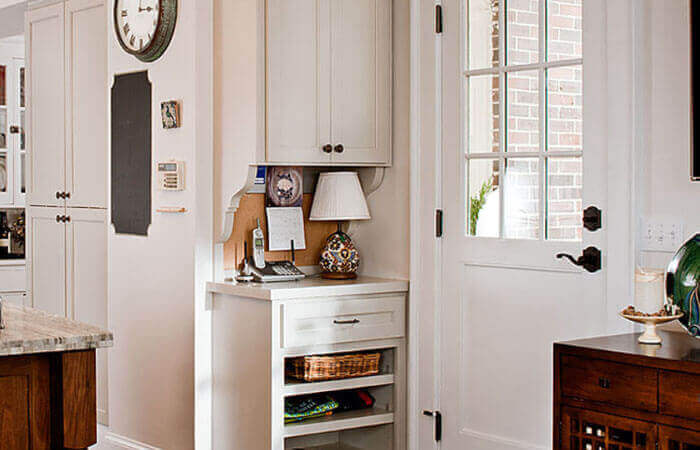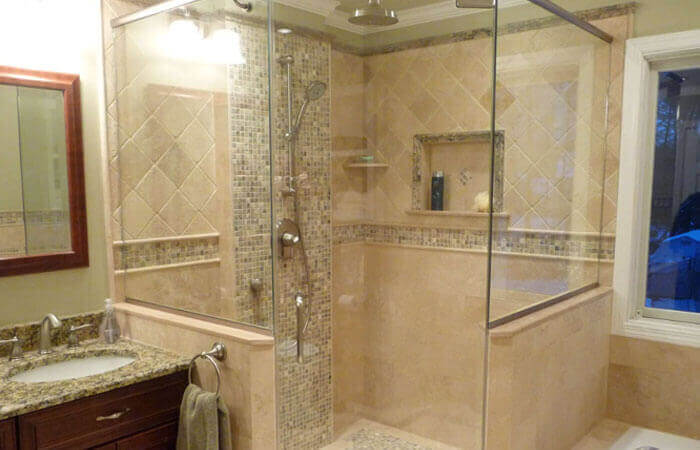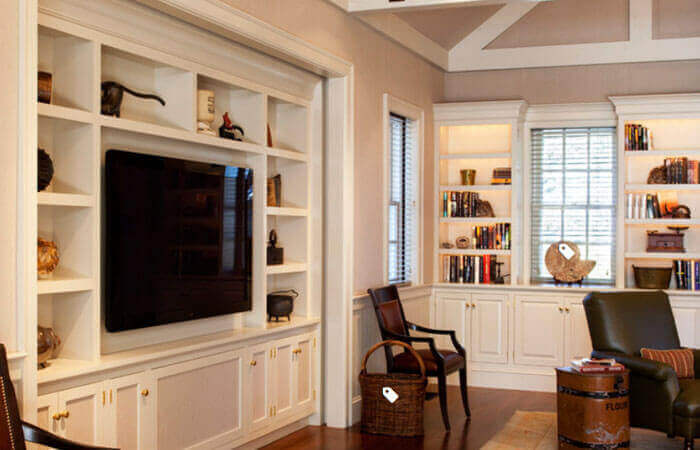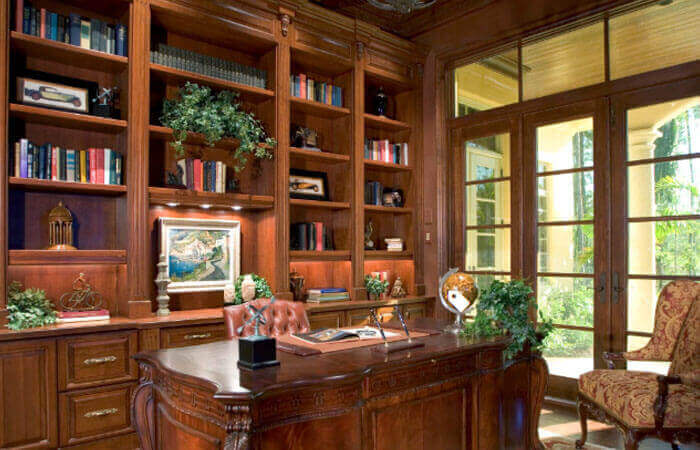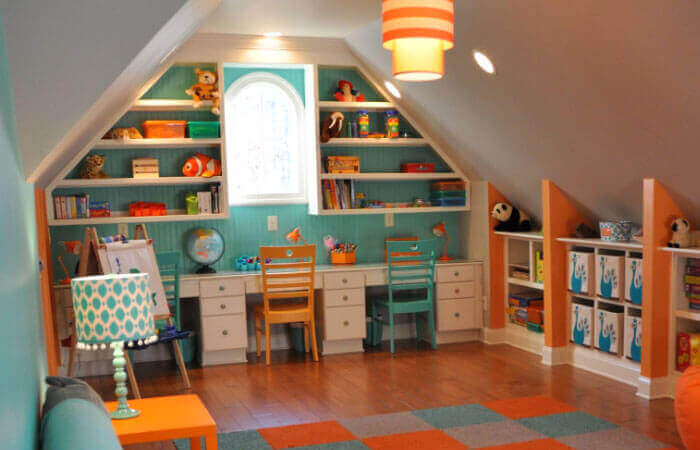Design ideas for your home.
Photos to inspire you...
Press images for instant access to:
Interesting articles...
When it comes to architecture, details count. They also define. The places where floors, doors, ceilings and windows meet the walls are usually accompanied by trim. The way that trim is executed has refined and defined our houses throughout history.
Attention to the trimwork can add architectural interest to a wall, enhance built-ins, make a window pop, give a sense of proportion and geometry, provide depth to ceilings and doorways, and always make a home look truly finished.
White trim in particular is timeless, and it provides a clean, chic appearance that always looks new and fresh. If you’ve ever had the white trim touched up in your home, you know how it can renew an entire space.
From baseboards to casings, from crown moldings to railings, trim is a design element that adds depth, detail and richness to a room. But it has become so common, so ubiquitous, that many people don't give it much thought.
There's an art to striking an appealing balance of sizes for baseboards, crown moldings and other millwork. Getting the size and proportions of trim correct can make a huge difference in how a room is used and enjoyed. If the trim is too small or too large, it can be like a clown wearing a minuscule hat or supersize pair of shoes.
Decorative plaster or wood trim applied where walls meet ceilings, doors and/or windows go a long way to define a room's feel. Even the simplest, off-the-shelf moldings and casings can give a would-be bland space depth.
We often overlook the ceiling as a place to trim, most likely because we tend to think of the ceiling as something out of sight as we focus on the surfaces directly ahead of us: the walls. But adding some trim to a ceiling can provide a whole new dimension and structure to a room.
Crown moldings are one of the architectural features that can really add value to your home. They add a visual presence that can make a home feel more upscale. Done well, they instantly say this home is well-crafted and solid.
Coffers, dropped beams that crisscross a ceiling in a grid, are a hallmark of traditional interiors. Their appeal lies in the architectural definition and visual interest that they add to a room.
Beadboard wainscoting is either installed as tongue and groove boards or as tongue and groove sheets, the latter being the more cost-effective option. Consisting of a baseboard, the beadboard and a cap (whether it be a chair rail, a plate rail or a picture rail), beadboard wainscoting is really a quite simple system.
When updating your living room, go back to basics and look at your room's architectural details. It doesn't matter if your home's architecture is contemporary, transitional, modern or traditional — details like beams, niches and moldings can help convey the style you want, even without a structural remodel.
The American Arts and Crafts movement revolted against the mass production of home goods and the overcomplicated design style of the Victorian era. This design era favored originality, craftsmanship, simple forms and local and natural materials.
Black is one of the most sophisticated of colors, but for light-starved people, it's often written off as too dark for airy interiors. How do you get chic appeal without the gloom factor? For the most lustery sheen, use a high-gloss oil paint and apply it with a sponge roller for a smooth finish.
A home's trim can give a modern twist to a traditional home or add a cozy, traditional feeling to a more contemporary space. The color, shapes and little details of window, door and baseboard trim can help a room bridge eras and gain flexibility and appeal.
When the owners of this Georgian-era property first laid eyes on the interior, it was in a state of total disrepair, having been vacant for more than three years. The mansion house had previously been used for commercial purposes before being converted into residential dwellings, so a lot of the character from the house had been lost or removed.







